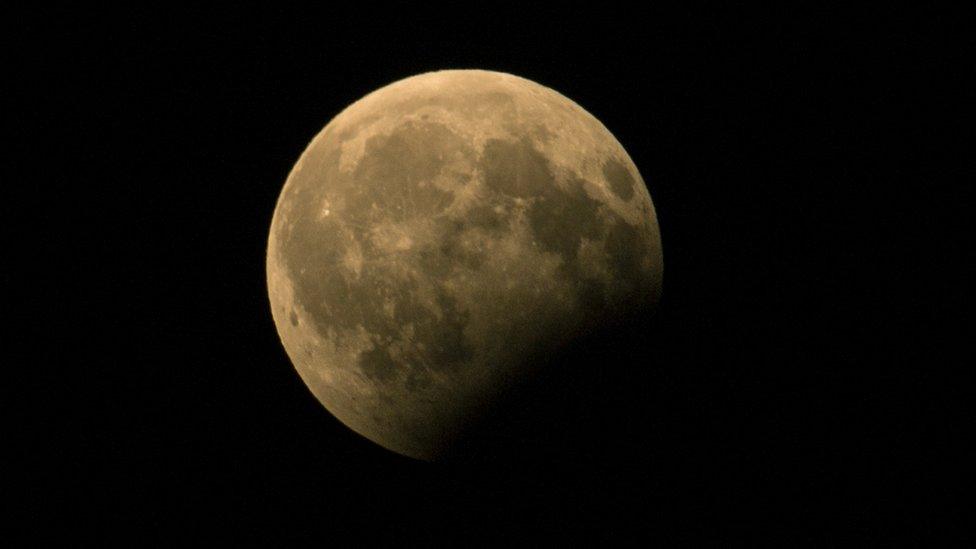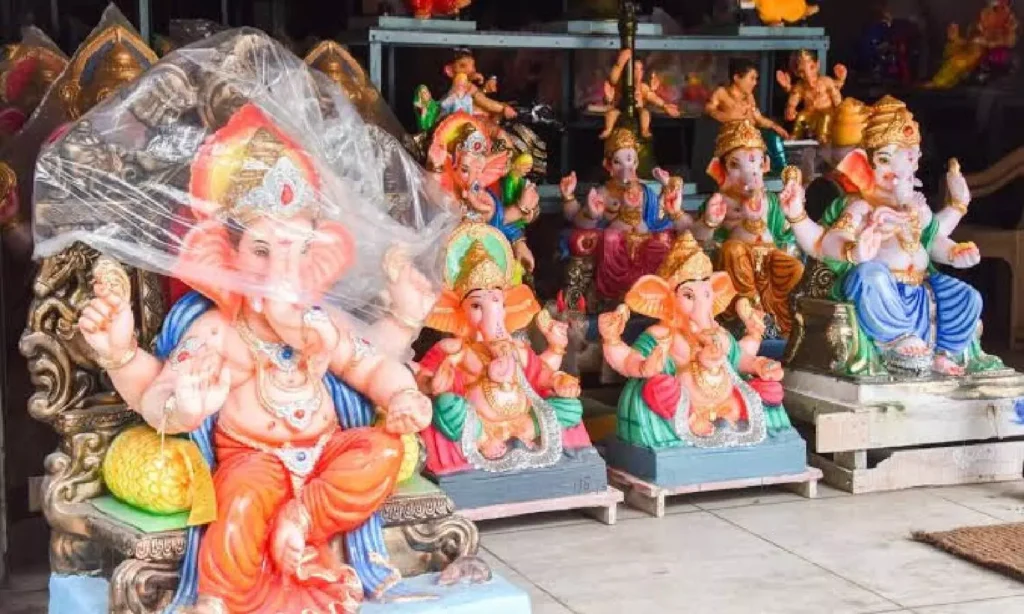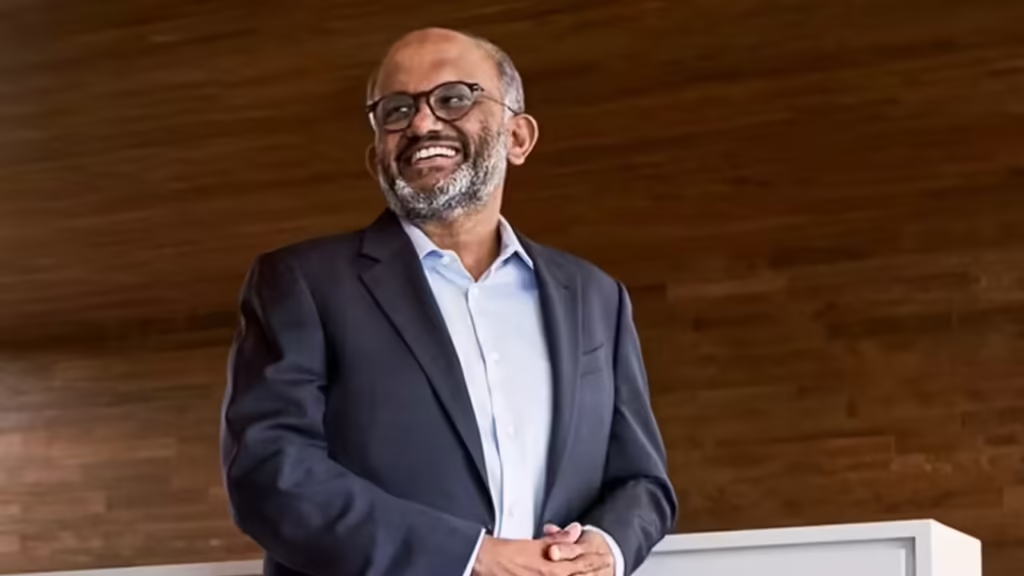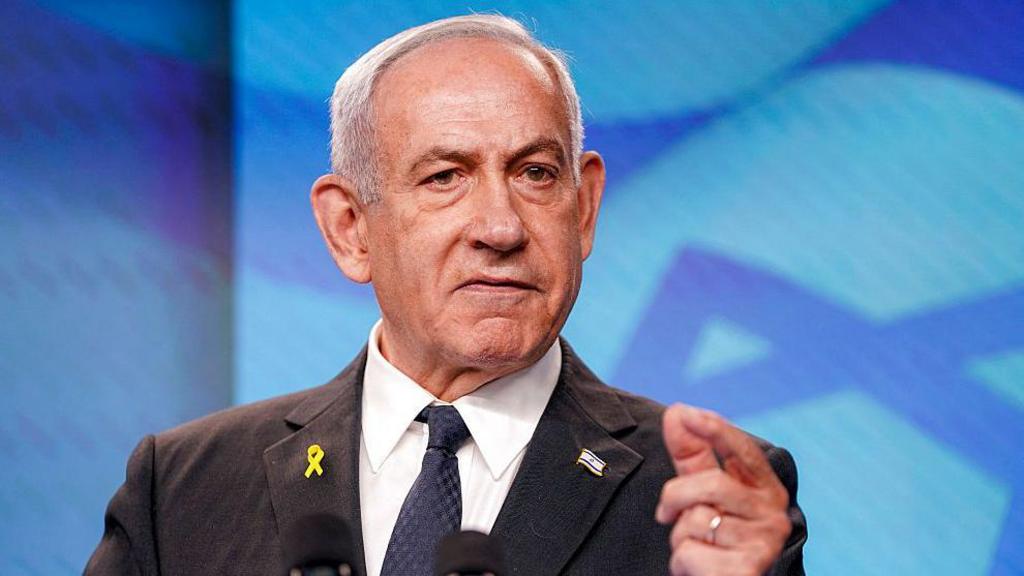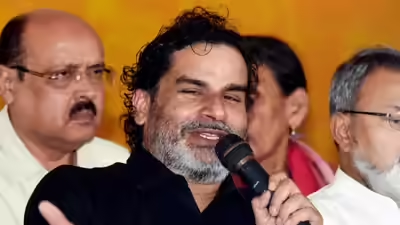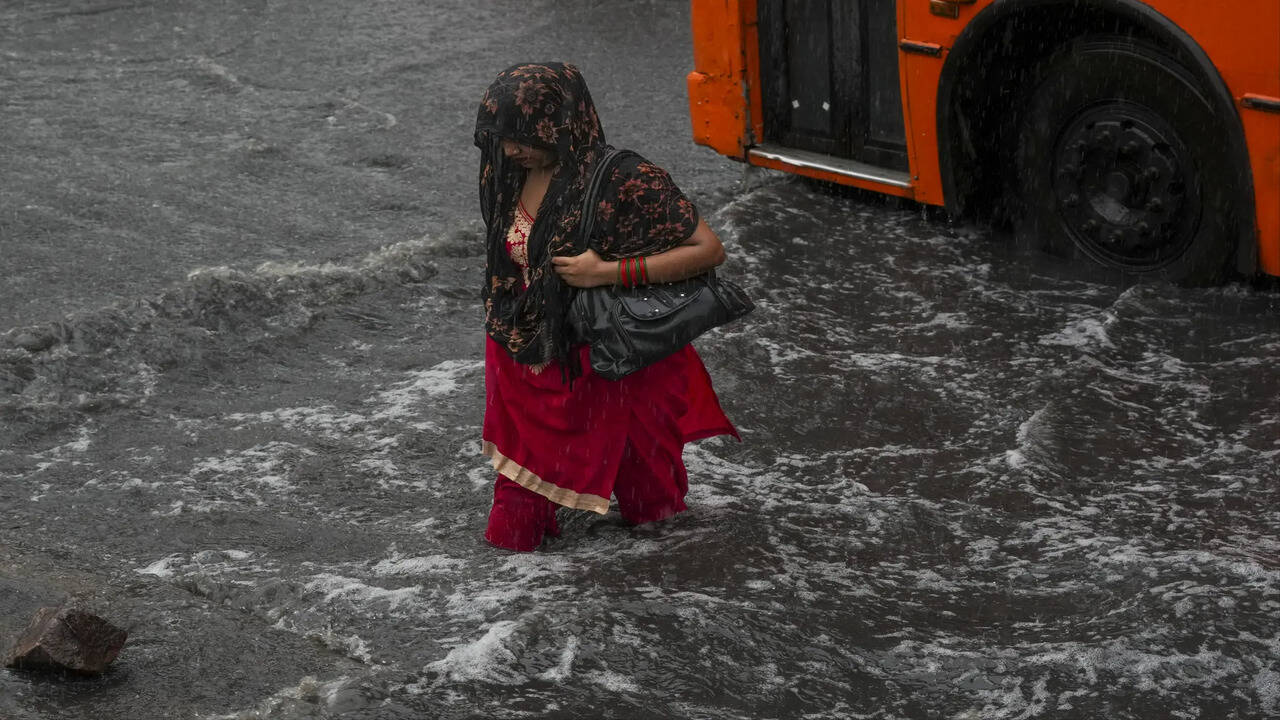Now Reading: Vice President Election Process Begins as EC Finalizes Electoral College List
-
01
Vice President Election Process Begins as EC Finalizes Electoral College List
Vice President Election Process Begins as EC Finalizes Electoral College List
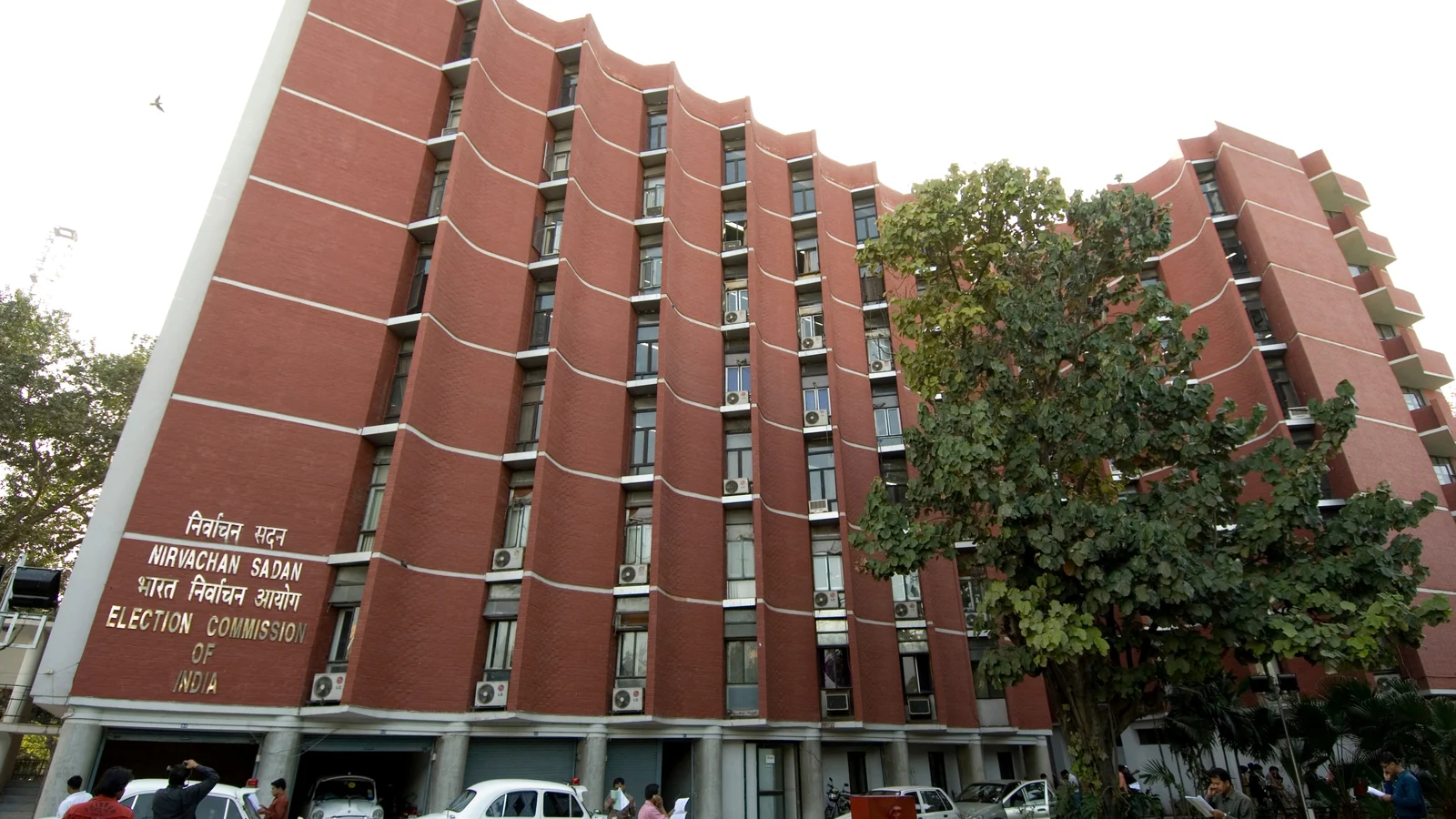
India is gearing up for a fresh Vice Presidential election following the resignation of Jagdeep Dhankhar. The Election Commission has finalized the electoral college, which includes members from both Houses of Parliament. With the stage set for the poll, attention is now shifting to the likely candidates and the role this constitutional post will play in shaping parliamentary proceedings in the coming years.
Why the Election is Being Held
Jagdeep Dhankhar, who served as India’s Vice President and the ex-officio Chairman of the Rajya Sabha, stepped down from his role after being nominated for a new constitutional responsibility. His resignation triggered the need for a fresh election, as per the provisions laid down in the Constitution.
The Election Commission has swiftly moved to formalize the process, starting with updating and verifying the electoral rolls consisting of elected and nominated members of both Lok Sabha and Rajya Sabha.
Who Votes in a Vice Presidential Election
Unlike the Presidential poll, which includes state assemblies, the Vice Presidential election is limited to Members of Parliament. This means the 543 Lok Sabha MPs and 245 Rajya Sabha MPs (including nominated members) make up the electoral college—adding up to 788 votes in total.
Each vote carries equal weight, and voting is done by secret ballot using a single transferable vote system. Candidates must secure a majority of valid votes to win.
Possible Candidates and Political Signals
While no official names have been confirmed yet, political chatter in Delhi suggests that parties are weighing their options carefully. For the ruling NDA, it’s about fielding a candidate who can maintain control over the Upper House proceedings. For the Opposition, it’s a chance to present a united front, though recent attempts at joint nominations haven’t always worked in their favour.
Names of senior political leaders, governors, and even academicians are reportedly being considered. The final nominee could reflect the broader political strategy leading up to the 2029 general elections.
Relevance Beyond Delhi
Though it may seem like a Delhi-centric event, the Vice President’s role carries nationwide importance. The VP chairs the Rajya Sabha, where debates on key national issues—from farmer welfare to GST—take place. The effectiveness and neutrality of the Vice President directly impact how well voices from Tier 2 and Tier 3 regions are heard in Parliament.
With many MPs representing smaller towns and rural belts, having a Vice President who values balanced debate and procedural fairness becomes crucial.
Conclusion
The Vice Presidential election may not grab headlines like a general election, but it is a key moment in India’s democratic cycle. The individual who steps into the role will influence how the Upper House functions and how legislative voices from across India—including Tier 2 cities—are managed. As political parties prepare to make their move, the country watches quietly, knowing this decision carries weight far beyond ceremonial duties.
